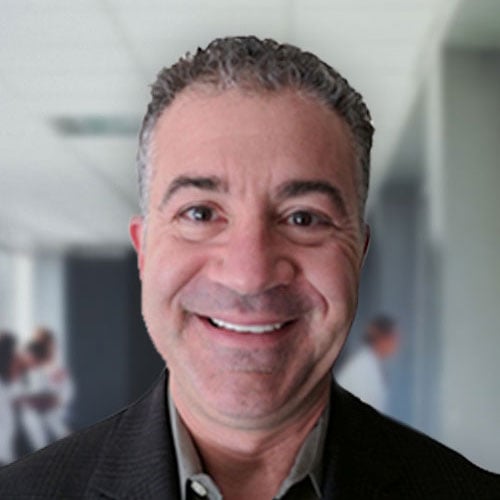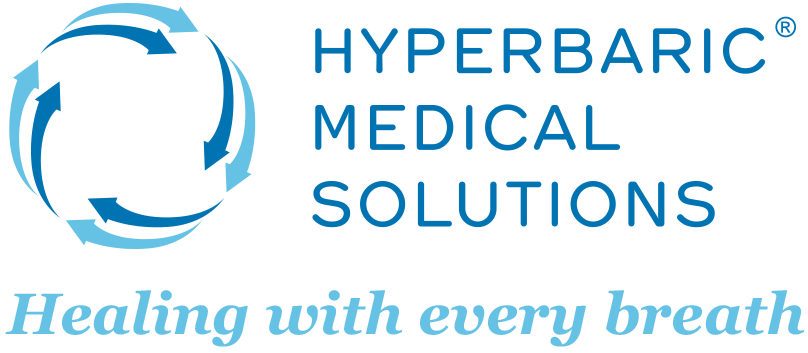Treating Bad Knees & Knee Pain with Platelet Rich Plasma
.png?width=1080&height=1080&name=Untitled%20design%20(9).png)
THIS ARTICLE AT A GLANCE:
Knee pain can be debilitating, affecting your mobility and quality of life. Whether it's due to aging, injury, or conditions like osteoarthritis, finding effective treatment is crucial. Fortunately, platelet-rich plasma (PRP) therapy offers a promising solution. In this article, we'll explore how PRP injections can provide relief for knee problems and enhance your overall joint health.
Understanding Platelet-Rich Plasma Therapy
Platelet-rich plasma therapy is a non-surgical procedure that uses components of your own blood to stimulate healing in damaged tissue. Physicians extract and separate blood samples from patients into distinct layers using special kits and a high-speed centrifuge. One of these contains platelet-rich plasma, which is injected into the damaged area, preferably using imaging guidance to ensure optimal placement.
The platelets release growth factors and other cytokines through degranulation, which stimulates repair and attracts stem cells to the region. This leads to accelerated healing of bone and soft tissue.
PRP Treatment for Knee Pain
Knee pain can stem from various issues, including ligament injuries, tendonitis, and osteoarthritis. PRP injections offer a non-surgical approach to addressing these problems and injuries.
Here's how PRP treatment can benefit individuals with bad knees:
- Pain Relief: PRP injections help reduce inflammation and alleviate pain, providing much-needed relief for individuals struggling with knee discomfort.
- Enhanced Healing: By delivering concentrated growth factors to the site of injury, PRP therapy accelerates the healing process. This can be particularly beneficial for athletes looking to recover from sports-related knee injuries.
- Joint Repair: Osteoarthritis, characterized by the breakdown of cartilage in the knee joint, can cause significant pain and stiffness. PRP injections promote the regeneration of cartilage tissue, potentially slowing down the progression of arthritis.
- Injury Repair: Knee injuries, such as torn meniscus or ligament damage, can severely impact mobility and quality of life. PRP therapy aids in the repair and regeneration of damaged tissues, including ligaments, tendons, and cartilage. By promoting the body's natural healing processes, PRP injections facilitate the recovery from knee injuries, allowing patients to regain strength and functionality in the affected joint.
- Improved Functionality: With reduced pain and improved joint health, patients often experience enhanced mobility and functionality in their knees, allowing them to engage in activities they enjoy without limitations.
The PRP Procedure
PRP therapy for knee pain typically involves injecting PRP into the damaged region. During each session, a small amount of blood is drawn from the patient's arm and processed to extract the platelet-rich plasma. The PRP is then carefully injected into the knee joint.
While the procedure itself is relatively quick and minimally invasive, patients may experience mild discomfort. However, this usually subsides within a few days, and many individuals find the benefits well worth any temporary discomfort.
Enhance PRP Therapy's Efficacy with Hyperbaric Oxygen Therapy
Platelet-rich plasma (PRP) therapy and hyperbaric oxygen therapy (HBOT) are cutting-edge regenerative treatments that offer significant benefits in the recovery process for a range of conditions, including wounds, muscle injuries, and chronic pain. When these two innovative therapies are combined, they create a powerful synergistic effect, amplifying their healing potential. This combined approach has proven particularly effective in addressing various orthopedic issues, such as tendonitis, tennis elbow, shoulder problems, meniscus tears, and more.
HBOT works by increasing the concentration of stem cells circulating in the bloodstream, while PRP injections attract these stem cells to the targeted areas of injury. This dual action promotes accelerated healing and tissue regeneration.
This synergistic combination not only enhances the regenerative effects of PRP therapy but also improves oxygen delivery to tissues, creating an environment conducive to healing. As a result, patients experience faster recovery times, reduced pain, and improved functionality without the need for surgery, pain medications, or corticosteroid injections.
From tendonitis to meniscus tears, the combination of PRP therapy and HBOT offers a comprehensive solution for individuals struggling with orthopedic issues. By harnessing the regenerative power of these therapies, patients can achieve optimal healing results and regain their quality of life.
PRP Therapy at Hyperbaric Medical Solutions
 At Hyperbaric Medical Solutions, safety is our highest priority. To that end, all PRP procedures are done medical supervision by our National Medical Director, Dr. Alan Katz.
At Hyperbaric Medical Solutions, safety is our highest priority. To that end, all PRP procedures are done medical supervision by our National Medical Director, Dr. Alan Katz.
Our PRP injections are done under ultrasound guidance to ensure accurate placement. By using our double spin PRP technology, we're able to ensure the proper dosages of platelets required for the most efficacious healing
Results
While individual responses to PRP therapy may vary, many patients experience noticeable improvements in knee pain and function within a few weeks of treatment. Some individuals may require additional sessions for optimal results, depending on the severity of their condition.
At Hyperbaric Medical Solutions, we have recently reported on the use of PRP for knee injuries in two patients:
> Case Study: Athletes Torn Meniscus Healed with PRP, without Surgery
> Case Study: Professional BJJ Fighter Battles Back from a Torn Meniscus with PRP
It's important to note that PRP therapy is not a cure-all for knee problems, and results may not be permanent. However, by addressing the underlying issues contributing to knee pain and promoting healing from within, PRP injections can offer significant relief and improve overall joint health.
Post-Treatment Care
After receiving PRP injections for knee pain, it's essential to follow your doctor's instructions for post-treatment care. This may include resting the knee and avoiding strenuous activities for a brief period followed by physical therapy exercises to strengthen the muscles surrounding the knee and improve joint stability.
Conclusion
Platelet-rich plasma therapy represents a valuable treatment option for individuals suffering from bad knees. By harnessing the body's natural healing abilities, PRP injections provide a safe, effective, and minimally invasive solution for knee pain, allowing patients to regain mobility and enjoy a better quality of life. If you're considering PRP treatment for your knee problems, consult with a qualified healthcare professional to determine if it's the right option for you. With proper care and guidance, you can take proactive steps toward rejuvenating your joints and restoring optimal function.

Written by Alan Katz, MD, FUHM, FACEP, FAAEM
Dr. Alan Katz, National Medical Director of Hyperbaric Medical Solutions (HMS), is double board certified in Emergency Medicine and Hyperbaric Medicine. He directs clinical operations, as well as education and research initiatives for HMS, particularly in exploring the use of hyperbaric oxygen therapy....
Read More
.png?width=650&height=261&name=Copy%20of%20Untitled%20(2240%20%C3%97%20900%20px).png)


